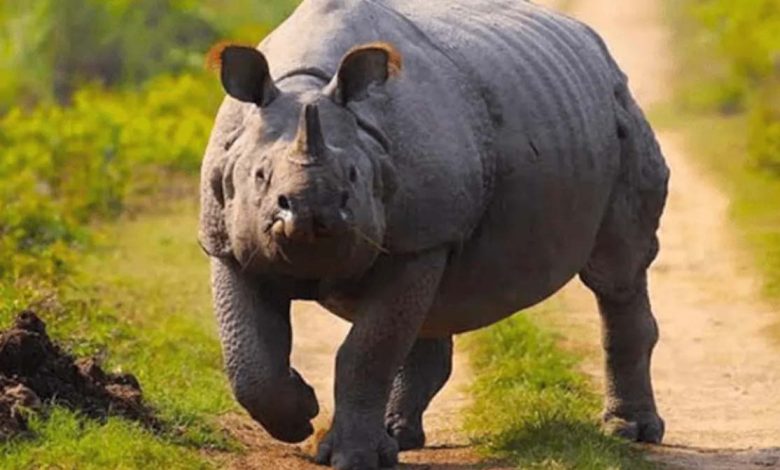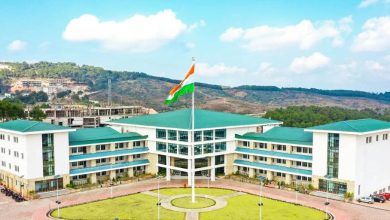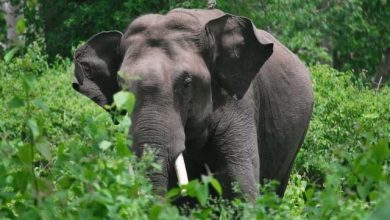Patrolling and surveillance increased to protect rhinos in Assam sanctuaries

Assam: Laokhowa and Burhachapori Wildlife Sanctuaries (LBWLS) in Assam are emerging as important habitats for the greater one-horned rhinoceros and serve as buffer zones for the Kaziranga Tiger Reserve. Devastated by poaching during the socio-political unrest of the 1980s, these reserves are now witnessing a revival of rhino activity thanks to improved conservation measures and community support.
In the past, a well-organised network of poachers led to the extermination of rhinos in Laokhowa and Burhachapori. Though vagrant rhinos from Kaziranga and Orang National Parks occasionally wandered into these reserves, they did not stay for long due to unfavourable conditions. However, significant efforts by the Assam government, including expanding the areas of Burhachapori WLS, Orang National Park and Kaziranga National Park, have created important connectivity through the Brahmaputra riverine tracts. This connectivity facilitates the natural dispersal of rhinos.
Recent habitat improvements, better security measures and community participation have contributed to the natural migration of rhinos from Kaziranga and Orang National Parks to the sanctuaries. Encouragingly, some rhinos have even made these sanctuaries their permanent home. To keep these habitats safe, the authorities have strengthened monitoring and protection capabilities using scientific methods.
To promote rhino conservation efforts, the Nagaon Wildlife Division organised a one-day quick orientation programme on December 7. Led by Jayanta Deka, Divisional Forest Officer, Nagaon Wildlife Division, the programme was supported by experts including Dr Bibhab Kumar Talukdar, Dr Deba Kumar Dutta and Arup Das of Aaranyak, a leading biodiversity conservation organisation.
The programme also saw participation from Nagaon Girls’ College, with Dr Kulen Das and Dr Smarajit Ojha contributing as knowledge partners, and Dilwar Hussain representing the Laokhowa and Burhachapori Conservation Society. The programme was held at three locations in the sanctuaries, attended by around 100 staff. The participants were given practical, on-site training to enhance their technical skills for rhino monitoring and habitat conservation. The initiative aims to boost staff motivation and equip them with advanced tools to ensure effective conservation. The training programme is part of broader conservation efforts to restore the ecological significance of the Laokhowa and Burhachapori sanctuaries. Under the next phase of the Indian Rhino Vision, people in Nagaon district are optimistic about getting rhinos relocated to establish a sustainable population of the species in these sanctuaries.





